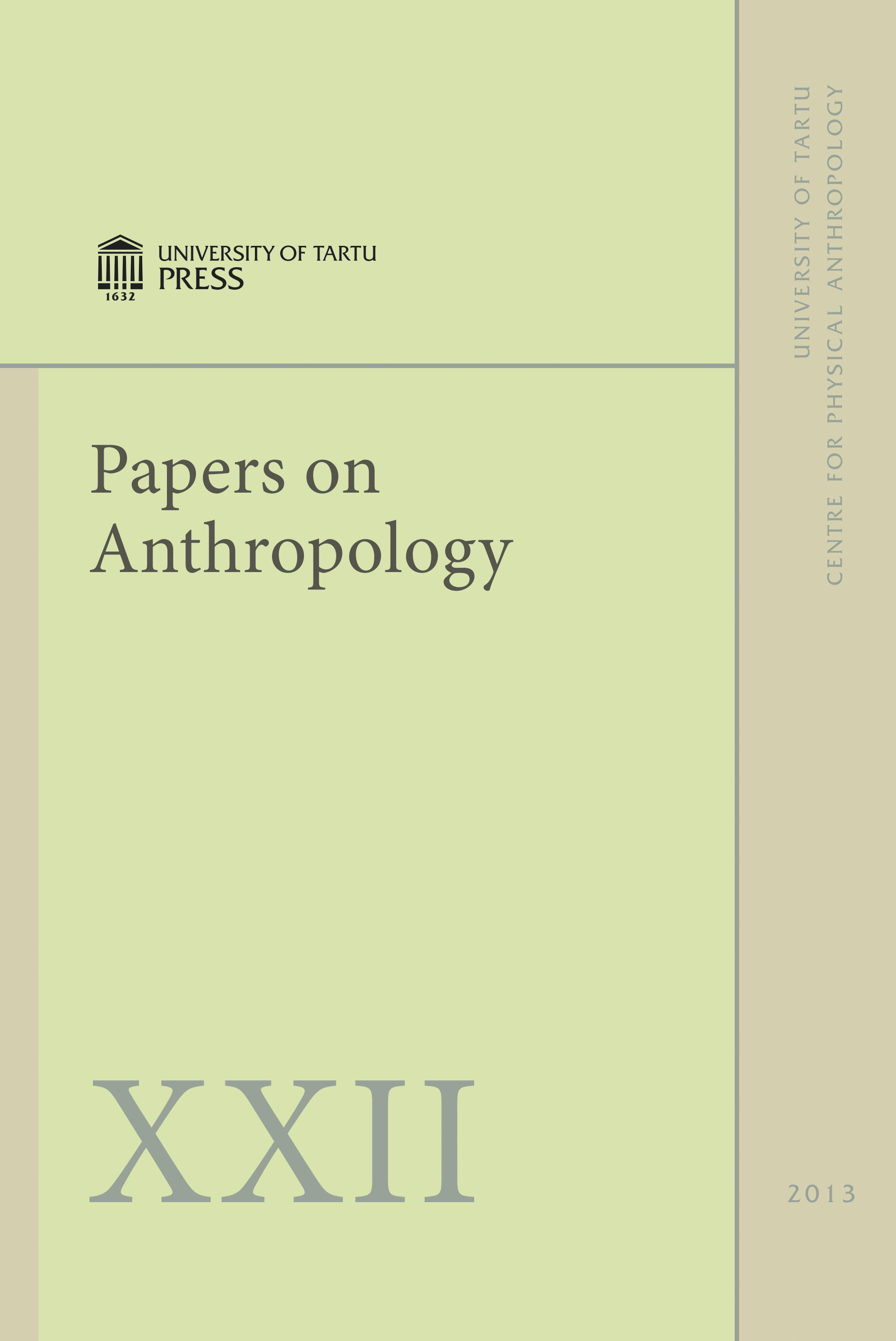The prevalence of the palmaris longus muscle's agensis in Hungarian students
DOI:
https://doi.org/10.12697/poa.2013.22.03Keywords:
musculus palmaris longus, tendon, agenesis, Hungarian studentsAbstract
The Palmaris longus muscle (PLM) is a slender, fusiform muscle which lies on the flexor surface of the forearm. Its agenesis is considered the most frequent anatomic variation in the muscular system of the human body. The PLM has little functional use to the human upper limb. It is evidenced by former epidemiological studies that the agenesis of the PLM has a strong racial and ethnic variability. The purpose of this study was to assess the prevalence of the PLM agenesis and its pattern in Hungarian students.
In the present study 385 students of three Hungarian educational institutions were examined. Five standard tests were used to check the presence of a PLM. The PLM was considered to be present if it could be visualized or palpated in at least one of the five tests, and it was considered absent when it could not be palpated or visualized in any of the tests.
The overall rate of the Palmaris longus muscle agenesis was 32.2%. The bilateral agenesis was 18.7%, while the unilateral 13.5%. The agenesis rate on the right and the left hand was 7.27% and 6.23% respectively. The prevalence of the PLM agenesis was found to be very similar in the Hungarian populations in Transcarpathia, Ukraine and Slovakia, as well as in Turkey. Our results suggest a genetic relationship between the Turkish and the Hungarian populations.

